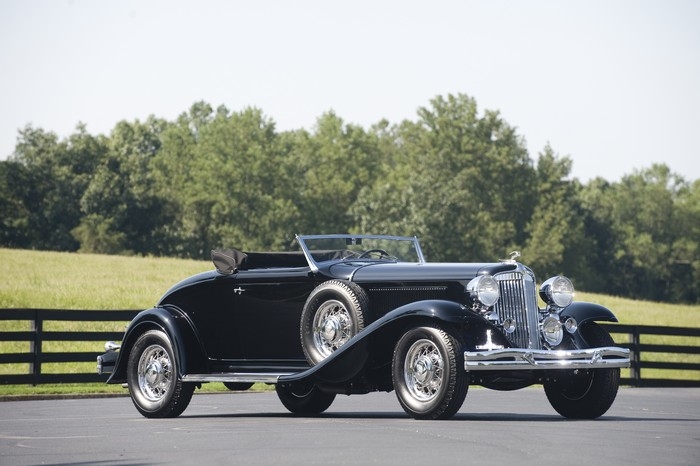The 1932 Chrysler CH Imperial offered by RM is believed to have been the first car to receive a Bohman & Schwartz body. In many ways, it represents a watershed moment in California coachbuilding. While the car could easily have been built on the longer CL Imperial, choosing the 135-inch-wheelbase CH chassis created a design that was taut and sporting.
Painting the Chrysler’s famous Indianapolis-inspired radiator shell and extending the cowl exaggerated the length of the hood. Further emphasizing this aspect of the design was an extremely low raked-back windshield and a snug-fitting top tailored to match, which was combined with a dark finish to give the car a look of unmatched aggression.

